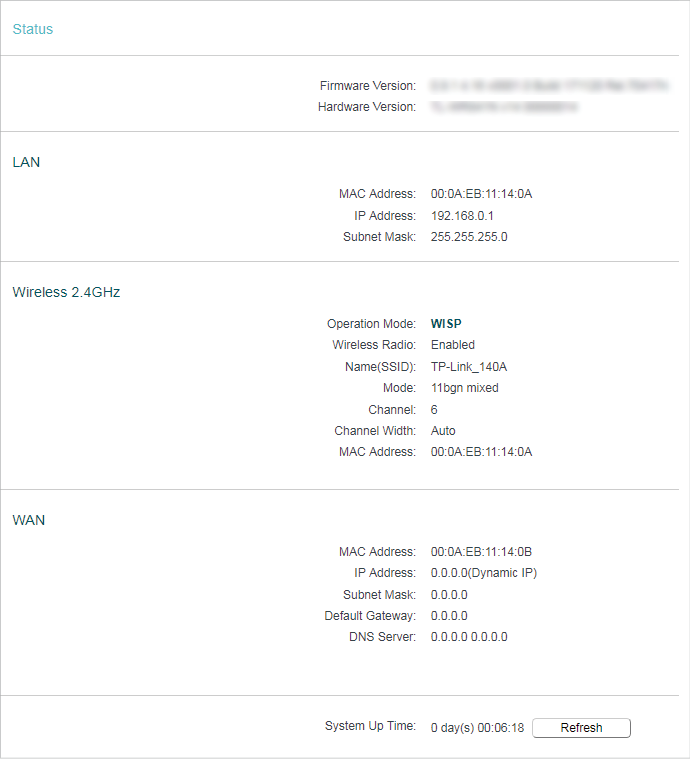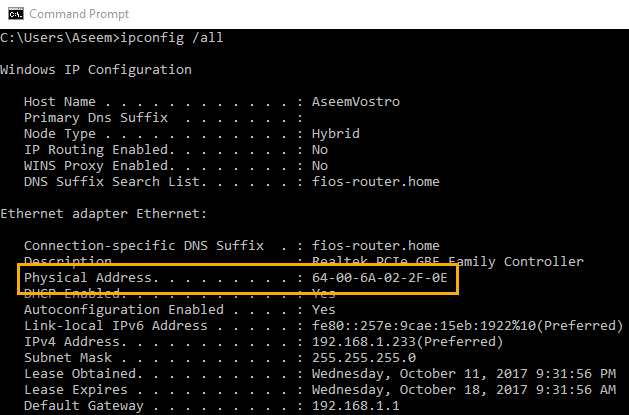

The letter is like an online data packet, the mailing address is like an IP address, the cube number is like a MAC address, and the mail room is like a router - the router takes the inbound packet delivered by IP address and uses the local device's MAC address to route the packet to the right device on the network.Ĭanada's approach. Your mail room will look up your cube number, and deliver the letter to you. The mailing address will tell the mail carrier what address to deliver it to, but the carrier won't deliver it right to you personally. Think of a letter mailed to your attention at your corporate office address of 1234 Anyplace Street, Suite 1500, Anytown, US 12345.

Network traffic comes to your router via IP address, and the router determines what MAC device on the network to which to route the traffic. Your router has an IP address assigned by your ISP, as well as a MAC address which identifies it to other devices on the local network. Your router assigns a local IP address (e.g., 192.168.1.2-192.168.1.50) to connected devices by MAC address.
Why do devices need both? There are incredibly technical reasons for this, but at a very high level, MAC addresses are used to identify devices on a local wired or wireless network (e.g., your home network) to transmit data packets between devices on that local network, and IP addresses are used to identify devices on the worldwide Internet to transmit data packets between devices connected directly to the Internet. The first half of the address identifies the device manufacturer, and the second half is a unique identifier for a specific device. If a device needs to talk to other devices, it likely has a MAC address. A MAC address is a 12-character hexadecimal (base 16) identifier, e.g., "30:0C:AA:2D:FB:22". A MAC address is a unique identifier used to identify a networkable device, such as a computer/phone/tablet/smartwatch, as well as other connected devices such as smart home technologies, printers, TVs, game consoles, etc. 

IP addresses can be dynamic (a temporary IP address is assigned each time a device connects to a network), or static (a permanent IP address is assigned to a network device which does not change if it disconnects and reconnects). There are two types of IP addresses - the original IPv4 (e.g., "210.43.92.4"), and the newer IPv6 (e.g., "2001:0db8:85a3:0000:0000:8a2e:0370:7334").
An IP address is a unique numerical or hexadecimal identifier used by computing devices such as computers, smartphones and tablets to identify themselves on a local network or the Internet, and to communicate with other devices. One category of data with potentially significant implications to US businesses if classified as PII are Internet Protocol (IP) and Media Access Control (MAC) addresses. Even though there is no uniform definition, however, it's clear that that more and more information is falling under the PII/personal information umbrella. In the US, data privacy is governed by laws, rules and regulations specific to market sectors such as banking, healthcare, payment processing, and the like, as well as state laws such as breach notification statutes). Companies, such as Google, often include their own definition of personal information in their privacy policy. This is because the US takes a "sectoral" approach to data privacy. However, in the US, there is no uniform definition of personal information. #Wireless mac address is dynamic license
To many, "personally identifiable information" (also "PII" or "personal information") means information that can be used to identify an individual, such as a person's name, address, email address, social security number/drivers' license number, etc.








 0 kommentar(er)
0 kommentar(er)
